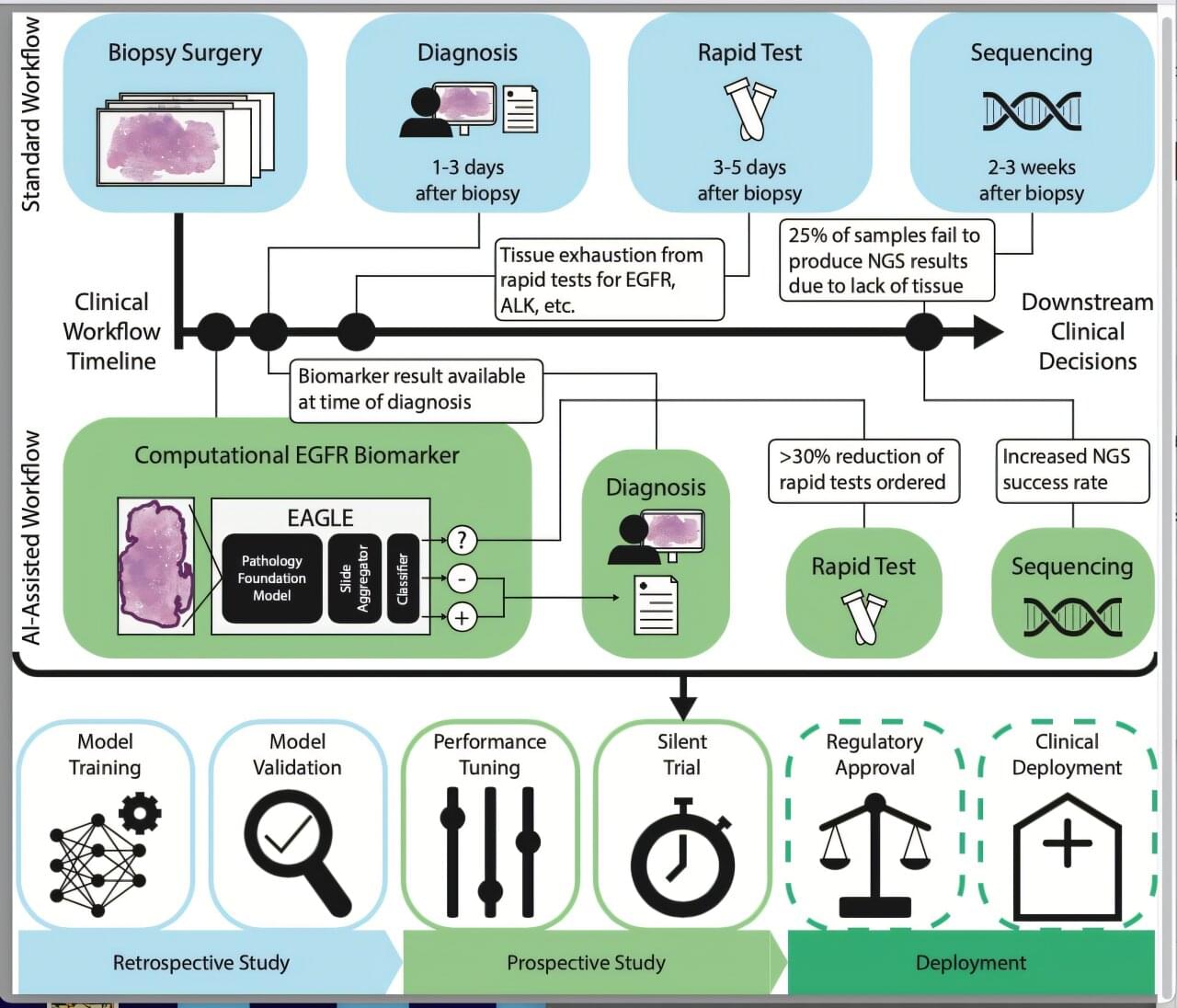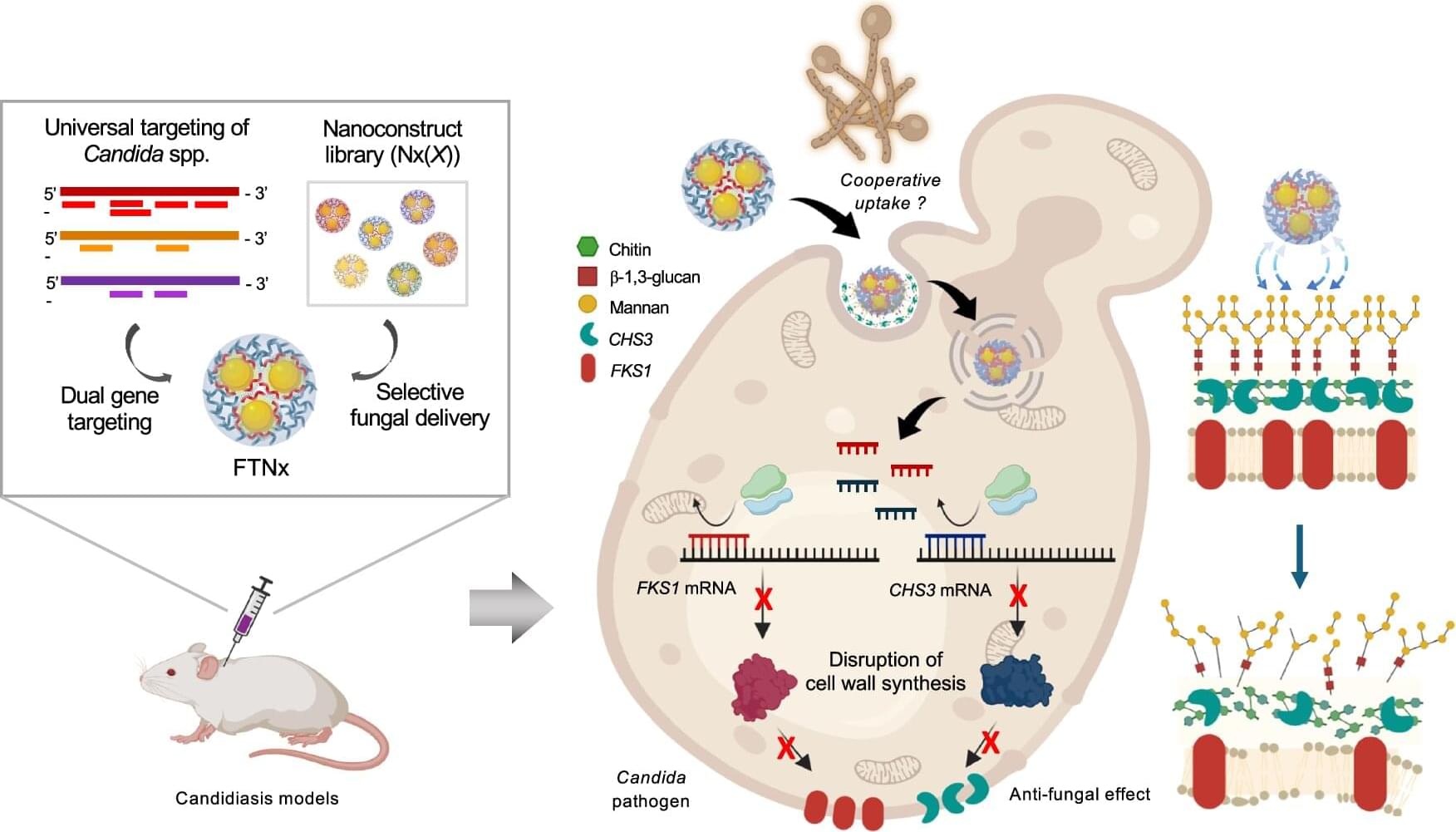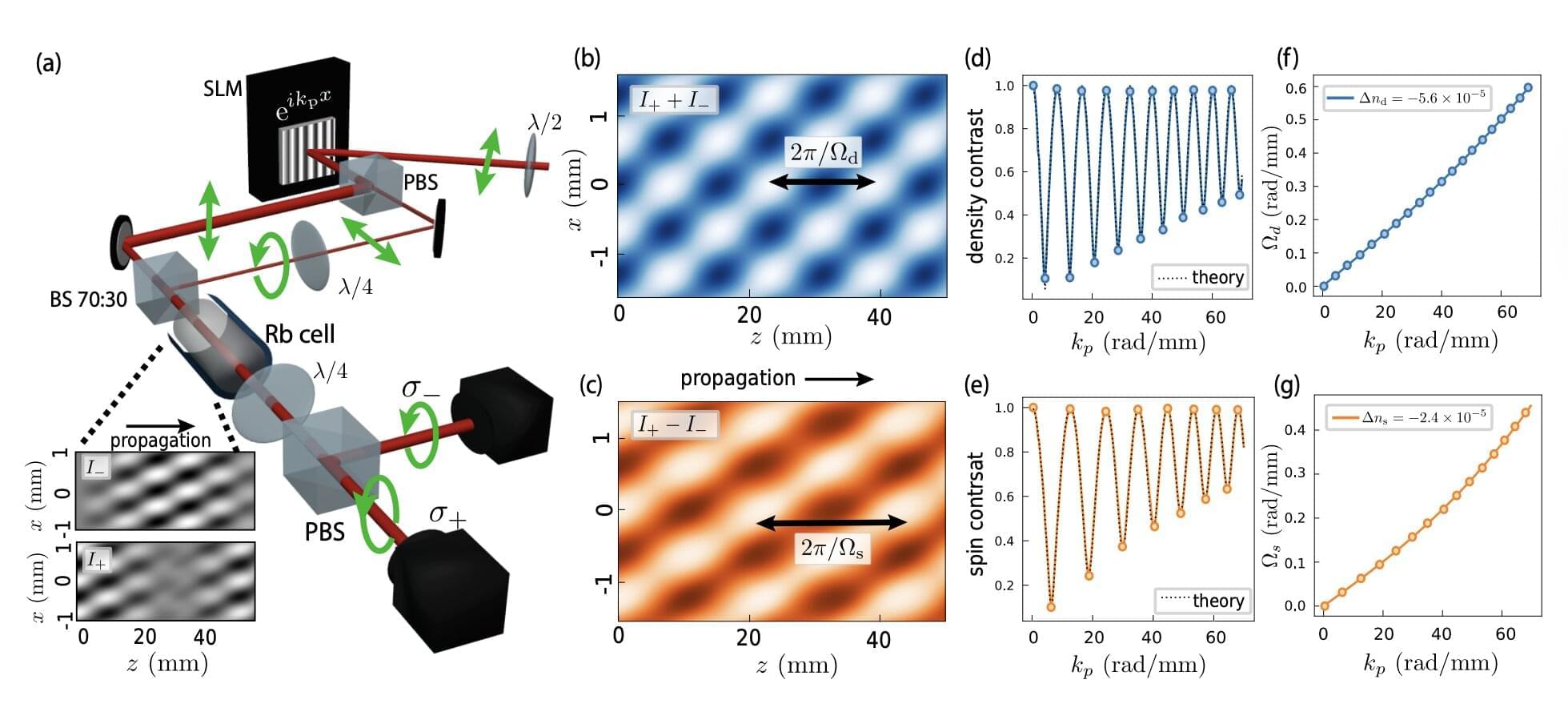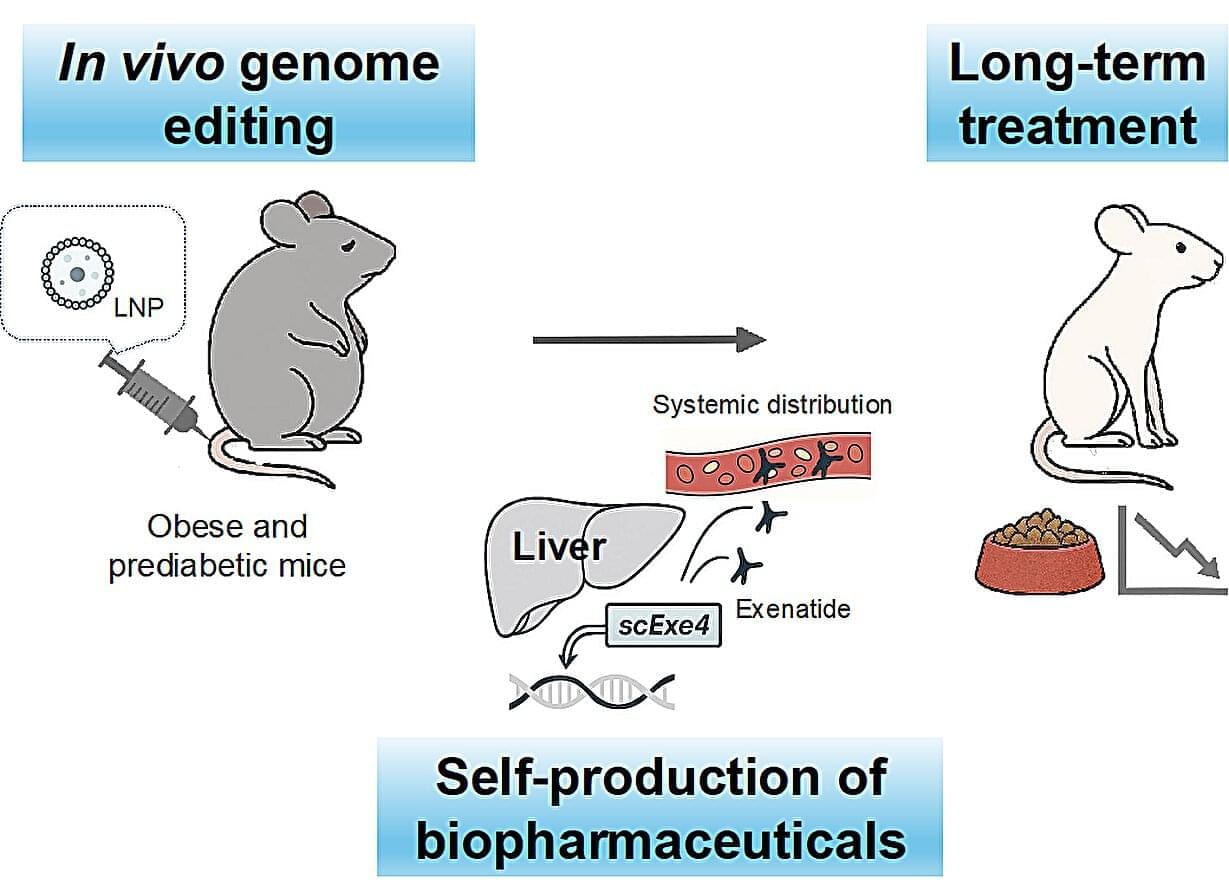And with the advent of generative AI, that bleak landscape of modern dating is continuing to evolve in dystopian — and perhaps predictable — ways.
As the Washington Post reports, a 31-year-old named Richard Wilson was startled when his date “had none of the conversational pizzazz she had shown over text.”
Her messages had included “long, multi-paragraph messages” and acknowledgments of “each of his points.” But in person she lacked those conversational chops, and when she mentioned that she used ChatGPT “all the time” for work, the pieces started to fall into place for Wilson.








